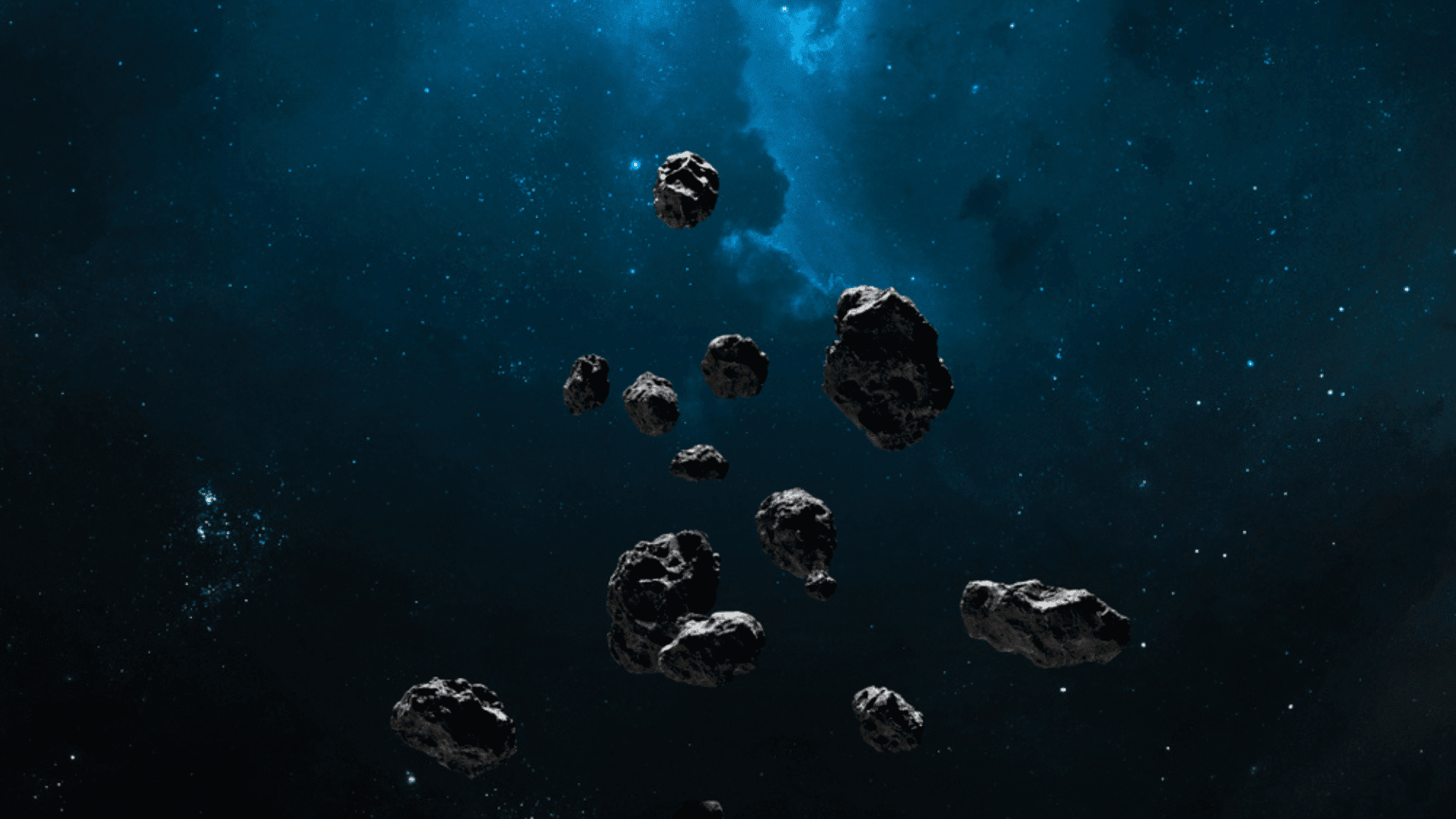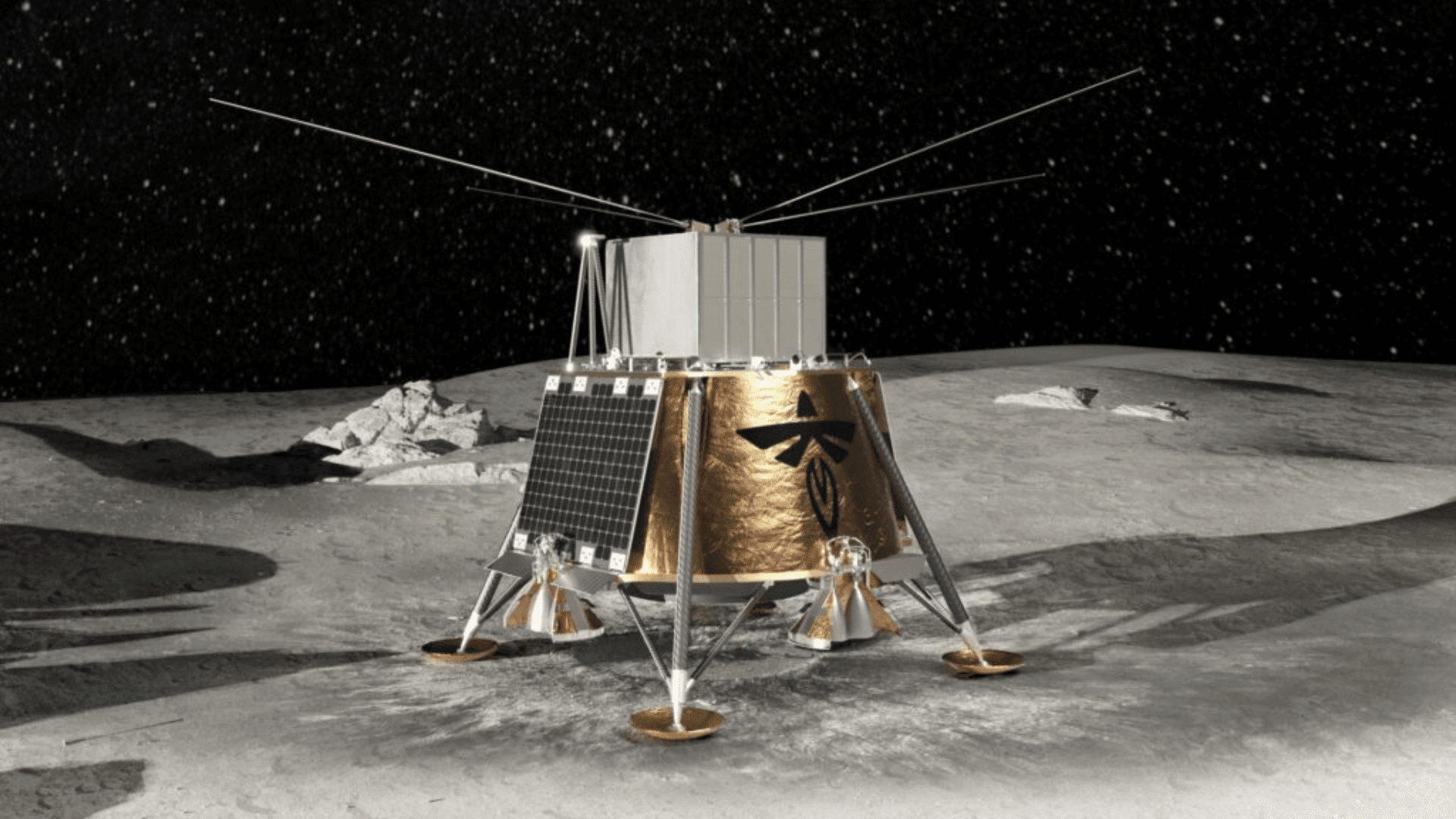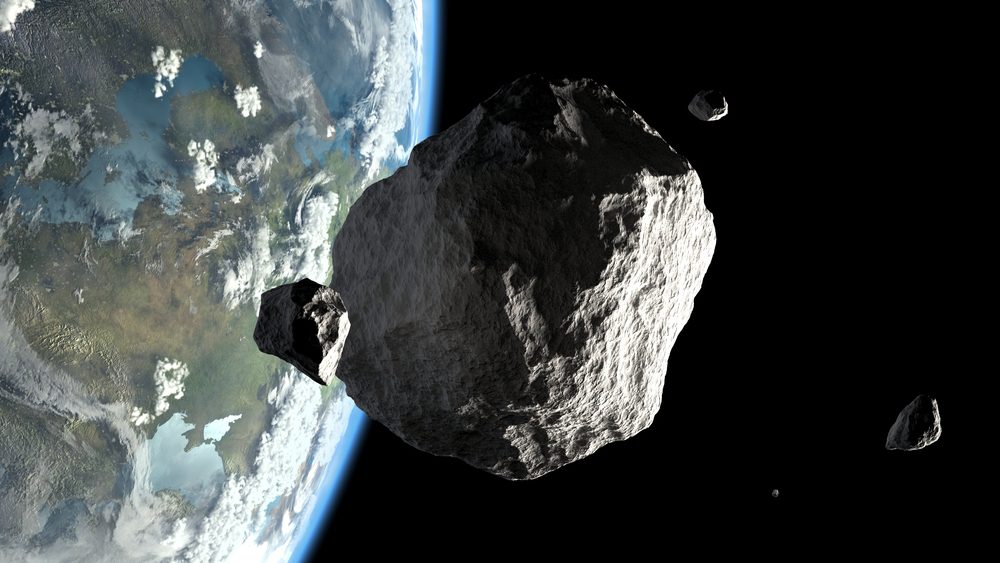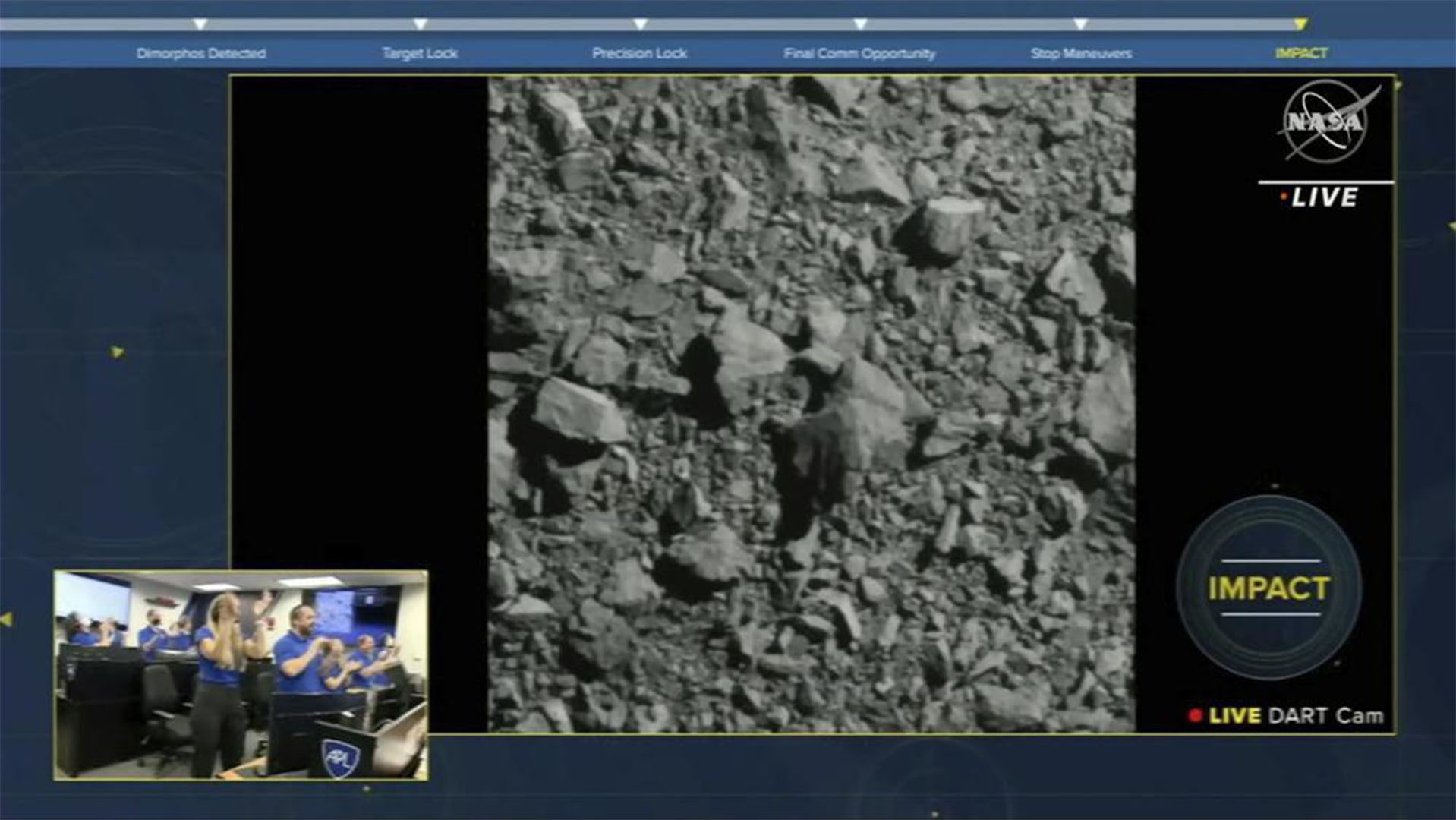For the first time ever, scientists have found water on an asteroid. Researchers from the Southwest Research Institute used data from a retired NASA mission to examine four silicate-rich asteroids and discovered water molecules.

Explore Tomorrow's World from your inbox
Get the latest innovations shaping tomorrow’s world delivered to your inbox!
I understand that by providing my email address, I agree to receive emails from Tomorrow's World Today. I understand that I may opt out of receiving such communications at any time.
According to a statement issued by the Southwest Research Institute, this is the first known finding of water molecules on the surface of an asteroid.
Previously, a form of hydrogen was detected in observations of the moon and some asteroids, but researchers weren’t able to determine whether it was water or a similar chemical called hydroxyl.
Additionally, the equivalent of an approximately 12-ounce bottle was found in a cubic meter of soil spread across the moon’s surface. The water discovered on the asteroid was comparable to water levels on the sunlit surface of the moon.
According to Dr. Anicia Arredondo, lead author of a Planetary Science Journal paper about the discovery, evidence of water molecules was also found on another asteroid.
“We detected a feature that is unambiguously attributed to molecular water on the asteroids Iris and Massalia,” Arredondo said. “We based our research on the success of the team that found molecular water on the sunlit surface of the Moon.”
According to researchers, these discoveries are invaluable to understanding more about the distribution of water in our solar system. This can also lead to uncovering information on both how our planet was formed and the potential for life on other planets in our solar system or others.
“Asteroids are leftovers from the planetary formation process, so their compositions vary depending on where they formed in the solar nebula,” said Arredondo. “Of particular interest is the distribution of water on asteroids, because that can shed light on how water was delivered to Earth.”
Arredondo stated that scientists are going to continue their research and have already marked 30 more asteroids that they will be investigating in the future.






